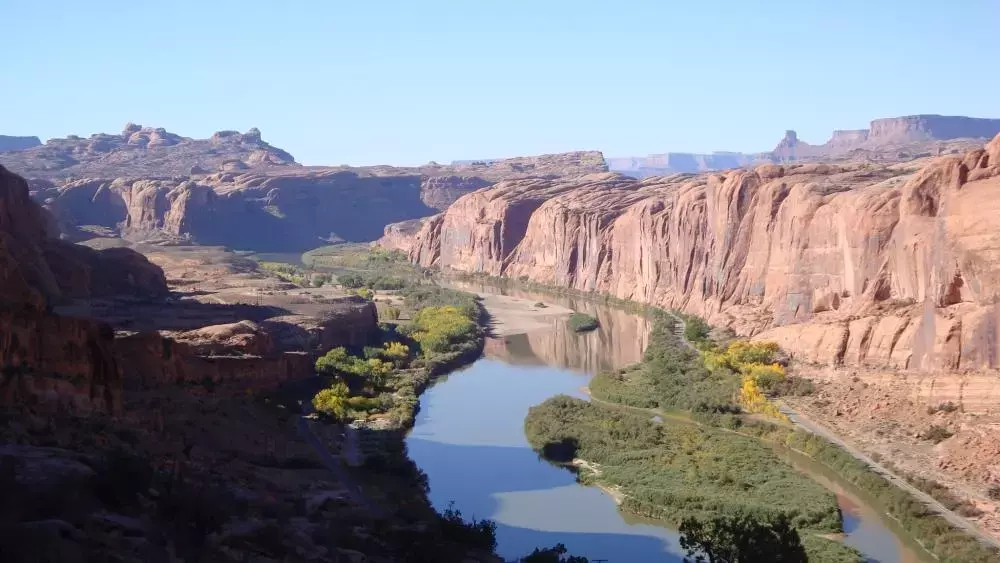Navigating the Uncertain Future of the Colorado River Basin
The Colorado River is a vital water source for the Western United States, providing drinking water and irrigation for millions. However, the basin is facing increasing pressure from climate change and drought. A new computational tool developed by a research team led by Penn State scientists may help the region adapt to these complex and uncertain challenges.Unlocking Resilience in the Face of Climate Uncertainty
Exploring Plausible Futures through Scenario Planning
States like Colorado are preparing for the future by creating plans based on available science and input from various stakeholders. This scenario planning process recognizes the inherent uncertainties surrounding climate and water needs. Planners must consider different possibilities, such as high-warming or low-warming scenarios, to anticipate and adapt to potential changes.However, traditional scenario planning approaches often feature a relatively small number of scenarios, failing to capture the full complexity of the factors involved. Alternatively, scientists use exploratory modeling, simulating thousands to millions of possible futures to identify consequential outcomes. Yet, this approach can be impractical for decision-makers to utilize effectively.Bridging the Gap: The FRNSIC Framework
To address these challenges, the research team developed the Framework for Narrative Storylines and Impact Classification (FRNSIC). This computational tool combines the strengths of exploratory modeling and scenario planning, providing a more nuanced and actionable approach.FRNSIC first uses exploratory modeling to investigate a large number of hypothesized plausible future conditions. It then classifies and identifies relevant, locally meaningful storylines – or descriptions of critical future scenarios – that can be used by decision-makers to better understand and address the uncertainties and impacts presented by climate change.Tailoring Storylines for Diverse Stakeholders
The Colorado River basin faces a complex set of factors, including the need to supply water for growing populations and farmers while ensuring each state's allocated share of the river's flow is not exceeded. This challenge is compounded by the diverse needs and priorities of various stakeholders, such as large and small farms, and different agricultural practices.FRNSIC's approach recognizes this complexity and provides a more pluralistic and nuanced way of establishing planning scenarios. The tool identifies storylines that are most relevant and meaningful to specific stakeholders, allowing decision-makers to explore different future states and the potential consequences of various interventions.Informing Negotiations and Stakeholder Engagement
The storylines generated by FRNSIC can be used to inform future work in the Colorado River basin, such as understanding how drought events might impact the region as populations adapt and make changes. These drought scenarios can be used to illuminate potential consequences, informing negotiations and stakeholder engagement processes.By providing a more comprehensive and tailored understanding of plausible futures, FRNSIC empowers decision-makers to better prepare for and adapt to the complex and uncertain challenges facing the Colorado River basin. This innovative tool represents a significant step forward in the quest for resilience in the face of climate change and water scarcity.You May Like


